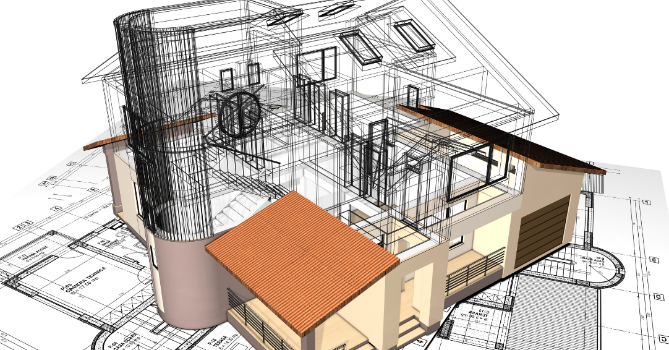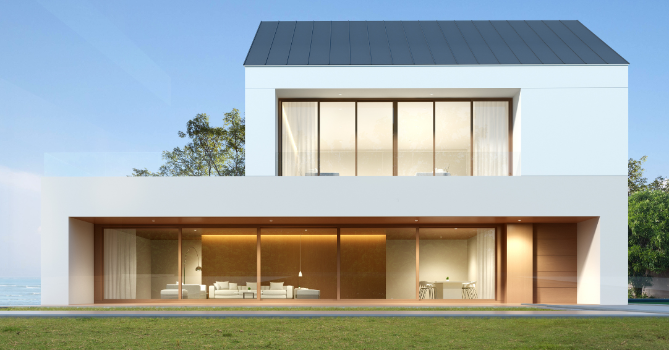
BIM Library Transplant: Merging Human Expertise with AI for Custom Design
Introduction: Why BIM Libraries Need Customization
Building Information Modeling (BIM) has become essential in modern construction. Yet, many BIM libraries lack the flexibility needed for unique project requirements. Standardized content limits creativity, making it challenging for architects and engineers to tailor designs to specific needs. That’s where customization comes in. By merging human expertise with AI, firms can create adaptable libraries that reflect diverse project goals. This approach allows professionals to modify components efficiently, speeding up workflows while ensuring high-quality, project-specific designs that set firms apart in the competitive construction industry.
The Role of BIM in Modern Construction
BIM plays a critical role in modern construction by improving project planning, collaboration, and execution. It serves as a central hub for all project data, allowing teams to visualize designs, detect issues early, and manage resources efficiently. By integrating different disciplines like architecture, engineering, and construction, BIM ensures that everyone is aligned from start to finish. This results in fewer errors and delays.

Additionally, BIM enables real-time updates and version control, making it easier to track changes and maintain consistency. As construction projects grow more complex, BIM’s ability to enhance project coordination and efficiency becomes indispensable.
Integrating AI into BIM Libraries for Customized Design
Integrating AI with BIM libraries brings a new level of customization to construction design. Traditional BIM libraries often include static, pre-defined elements that may not fully address the complexities of specific projects. With AI, these libraries can adapt and create unique components based on project needs. AI algorithms analyze project data, design requirements, and historical information to suggest or generate custom elements. This reduces the time spent on manual adjustments and ensures that every component fits seamlessly into the overall design.

Generative design is a prime example of AI’s influence. By feeding project criteria such as space constraints, material preferences, and performance goals—into AI, designers receive multiple design options in minutes. This allows for quick iterations and refinements, letting teams explore innovative solutions without spending hours on manual modifications. Moreover, AI can optimize library elements to improve building performance, sustainability, and cost efficiency.
AI also enables more intelligent management of BIM libraries by identifying patterns, tagging components, and predicting the best-fit elements for different project types. This capability helps teams maintain consistent standards while still accommodating creativity and innovation. When BIM libraries evolve with AI, they become more than just repositories, they become dynamic tools that support real-time, project-specific customization.
Merging Human Expertise and AI in Construction Design
Combining human expertise and AI in construction design creates a powerful synergy. AI can process vast amounts of data quickly, generating design options and optimizing solutions based on predefined criteria. However, it lacks the creative intuition and problem-solving skills that only human professionals can provide. While AI handles repetitive tasks, humans refine designs, ensuring they align with client vision and project goals.

For example, AI can generate multiple design layouts based on structural parameters, but it’s the human touch that adds aesthetics, functionality, and context-specific considerations. This collaboration allows designers to focus on high-level decisions, enhancing creativity and efficiency. As a result, project teams can produce unique, well-rounded designs that reflect both innovative technology and human insight.
In practice, this means architects and engineers use AI tools to explore more design possibilities in less time. They can analyze AI-generated data to make informed decisions faster, addressing issues that might have been overlooked manually. AI supports decision-making by providing data-driven insights, while human experts apply their knowledge to choose the best design paths.
This partnership also extends to project execution. AI can predict project outcomes and monitor performance, but humans oversee quality control, adapt plans when needed, and ensure successful implementation. By merging AI and human expertise, construction teams achieve better designs, improved project performance, and greater client satisfaction.
Benefits of a Customized BIM Library Approach
A customized BIM library offers multiple benefits that elevate project outcomes. One major advantage is the ability to save time by providing project-specific elements that fit unique requirements. This eliminates repetitive manual modifications, speeding up the design process. Additionally, customized libraries reduce errors and inconsistencies through AI-based validation, which checks for potential issues early on. This results in higher project accuracy and fewer revisions down the line.

Another benefit is enhanced collaboration. Customized BIM libraries ensure that all team members—architects, engineers, and contractors—are working with the same set of updated components. This unified approach minimizes misunderstandings and streamlines communication, ultimately leading to smoother project execution. Furthermore, these libraries allow firms to incorporate their own standards and preferences, maintaining consistency across all projects.
Lastly, adopting a customized BIM library improves innovation. Teams can explore different design options more freely, as the AI-based library automatically adapts elements based on project inputs. This fosters a more creative environment, where designers can focus on exploring ideas rather than getting bogged down by tedious adjustments.
Overall, a tailored BIM library supported by AI enhances efficiency, accuracy, collaboration, and creativity—key factors that drive successful construction projects.
Conclusion: A New Era of BIM and AI Synergy
The integration of AI with BIM marks a new chapter in the construction industry. By combining the computational power of AI with human creativity, firms can push the boundaries of what’s possible in design and project management. Customized BIM libraries powered by AI streamline workflows, reduce errors, and foster collaboration. This synergy allows professionals to focus on creative problem-solving, leading to better designs and higher client satisfaction. As the industry continues to evolve, embracing this combination is key to staying competitive and innovative.